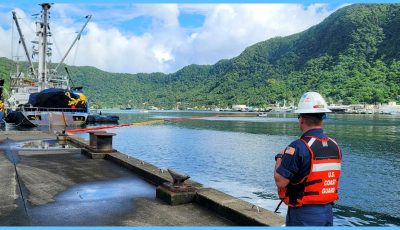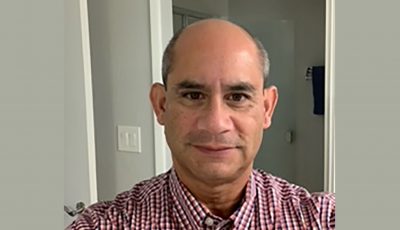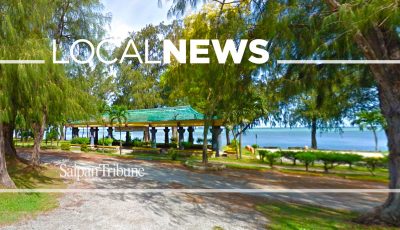Forbidden no more
I am in Shenyang, China complaining of the intermittent rains and thunder rather than the typhoon in the Marianas.
It was shortly after the worldwide condemnation of the lone guy in front of tanks that China went on a diplomatic offensive. I was with a batch of diplomats who forayed into the Ming-Qing City called the Forbidden City and the Square five months later. The visit to the Forbidden City was a walk across the street from the Square, initially a part of the Forbidden City with the Meridian Gate entrance to the North Gate on the foothills of Jinshan Park.
Move back to Apollo 8 in 1968, when I first viewed the image of what has since been called the “Earthrise,” the blue orb rising on the horizon from the lunar landscape. It occasioned a paradigm shift. Until that time, I was but a Pinoy going to school in the U.S. studying ancient civilizations, western metaphysics, and contemporary thought.
To be sure, I journeyed with Isaiah of the Torah, Paul of Tarsus of the Biblos, Augustine, and Aquinas in summa theologica, imaginally nailed theses with Luther, and identified with the ecumenical forces of the Christian Church. I took Toynbee’s secular ethos to Moyer’s tweaking of Campbell’s mythology while the image of the Earthrise was a convenient holding category in appropriating the human inventions of history and the new global citizenship on planet Earth.
The Earthrise journey refined my sense of family and clan, negated the jingoistic ablutions of nation and ethnicity, and inundated the popular self-image that went with self-awareness. Europe sailed to “save everyone from original sin”; China, Japan, Korea, and Vietnam took wisdom to Confucian effectivity in society. I took to the orb.
Obama gathered a threesome and created a media stir with a selfie at Mandela’s funeral. With the smartphone, the selfie artform took on a new status. It fulfilled my perspective of the “Earthrise” as a symbol of a global “selfie” rather than be stuck on the national chauvinism that bedevils partisans in national homes, the U.S. and the Philippines of mine, guarding their imaginary boundaries.
At my Saipan dwelling is a Nissan Murano bearing the tag of BADASS. The driver blares Zhongwen tunes from a car with telltale indigene rebel markings: Laña Brat, Primo, and Magas with the “s” slashed over an AK-47 image above the driver door handle. He blares his BADASS music for all to hear with a less than elegant swagger that is rude even in Dong Bei.
A Taiwan national in the U.S. in the ’60s echoed anti-Mao rants from missionaries instrumental in his academic training. Thus, begun my curiosity of the history of the Great Leap Forward, the Cultural Revolution, and the Reform and Opening Up initiated by Deng Xiaoping that still guides Xi Jinping and Beijing. China is diverse with practices of freedom and liberation not unknown in many parts.
I reside in Saipan but keep my Hawaii address that causes confusion at USCIS when asked where I spend my time most. I travel with Uncle Sam’s bluebook that followed me to Manzhouli in the grasslands of Nei Menggu, to the Amur in Heilongjiang, Dandong by the Yalu near Chao Xian (North Korea), the kartz of Guillin, the Liuliude of Kangding on the foothills of Ximalaya, to the pandas of Ya-an in Sichuan, and up-river of the three-gorges dam on the mighty Yangtze that runs through Chongqing.
To talk of the U.S. without the diversity of New England to TexMex, the Pacific west to the Confederacy, and points in between, plus Puerto Rico and the other territories, implies a bland picture. The temptation is to picture China the same way for Zhongguo of our familiar lies between Beijing and Nanjing of the Han. Fujian in the east coast where most Chinese in other lands came from is Han though wary about being identified as such. Persia latched on to Chang-an (now Xi’an) Qin Shi Huangdi that established the Silk Road, and called the country and people Sina or Chine.
Mao nudged the bounds of Dong Bei (fought Uncle Sam in Korea), Nei Menggu (against Russia by the Amur river), Xinjiang (pacified the restless Central Asian Muslims) and Xizang (lived with the Zang and the Dalai Lama’s entourage), to Nan Bei, South China Sea, an oil rich area contested by surrounding countries at the behest of U.S. oil interests. “Contain China” is a U.S. foreign policy that keeps Sinopec from drilling the oil!
China, however, is a diverse country! From the Forbidden City that preserved its past, the Meridian Gate fronting Tiananmen Square to the Gardens, separated now from the North Gate that used to lead across the street to Jinshan Park, to the bustling walk down to contemporary China of the Wangfujing Mall through some bbq food stalls that offers grasshoppers and scorpions, our awe-struck threesome soaked in the air of a diverse China that is definitely more than the land of devious Fu Manchus.
Nixon visited China in ’72 and Bill Clinton walked the Great Wall, softening the anti-Mao rant. But I have a Chinese BADASS in my neighborhood representing the global hip-hop youth.
Oh, well, visit China, anyway.



























